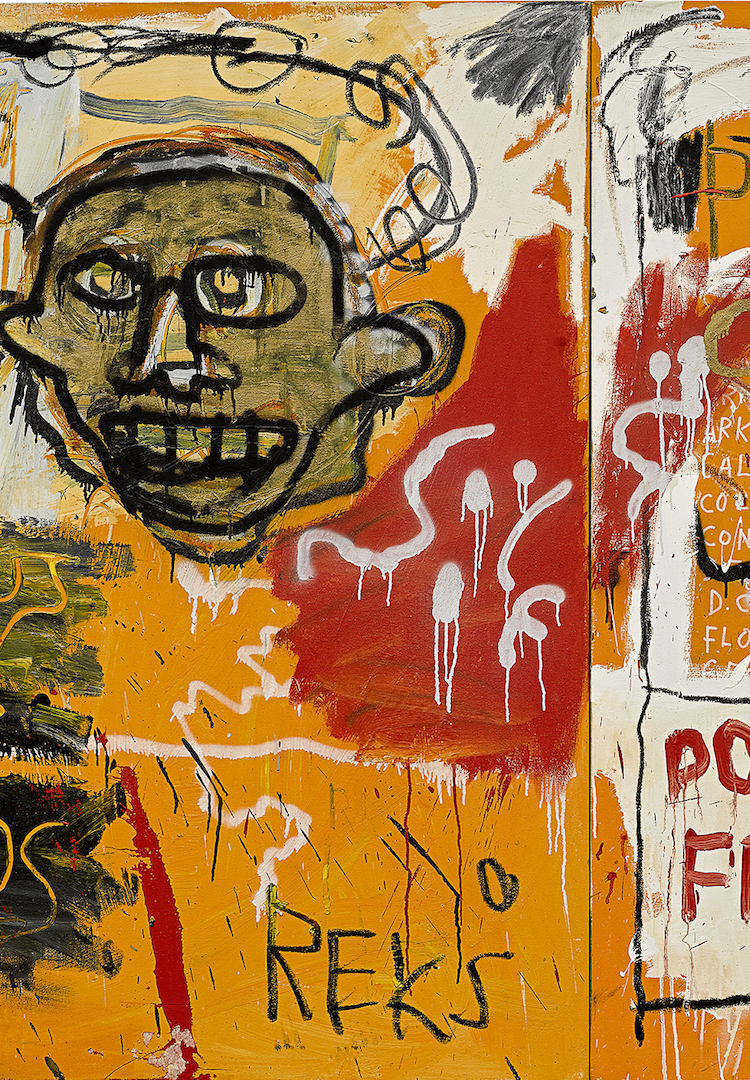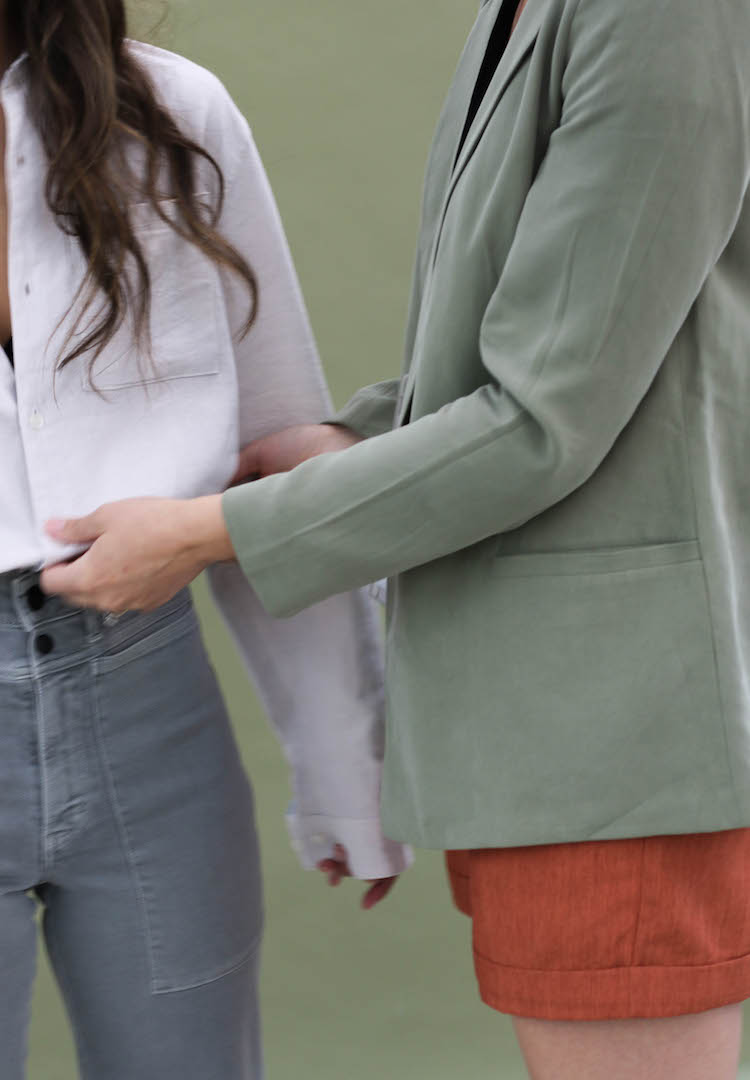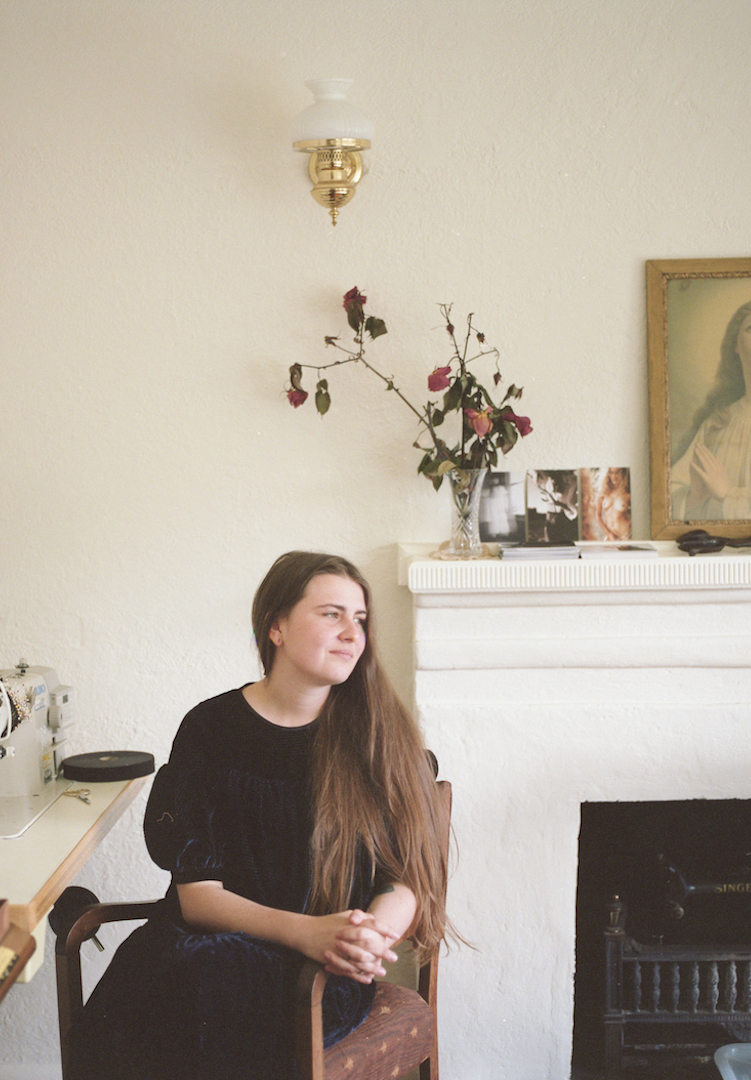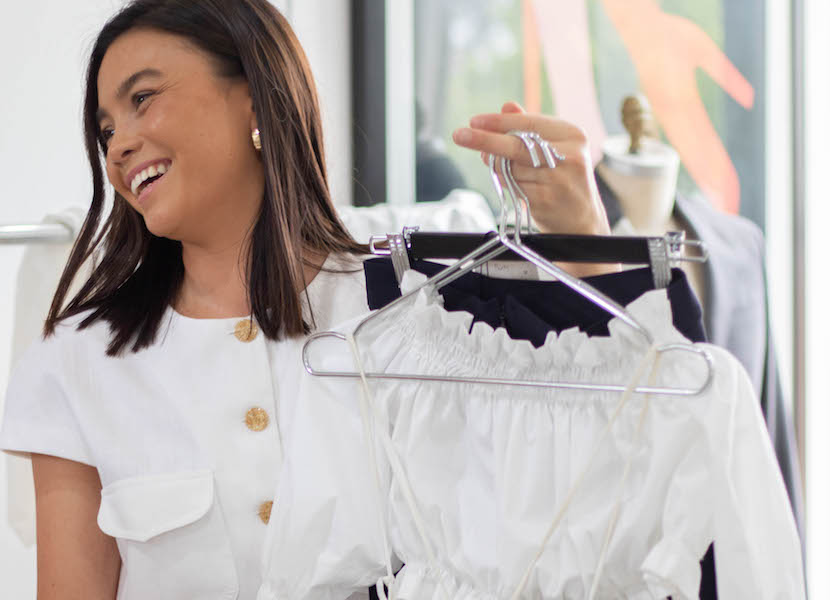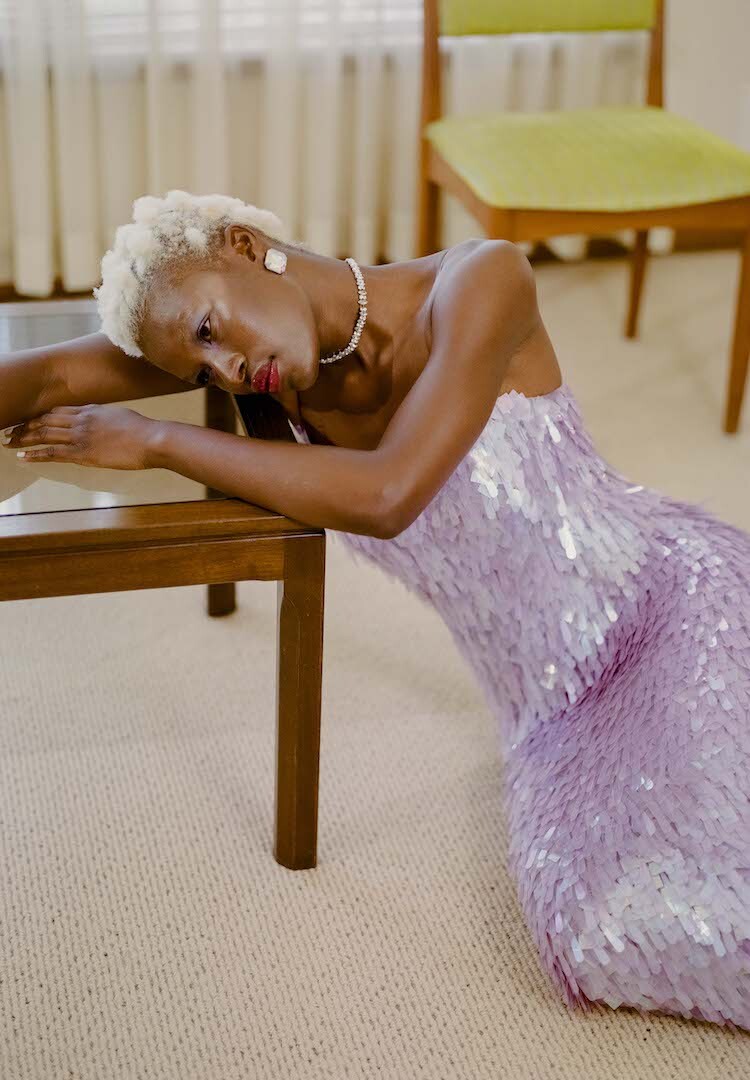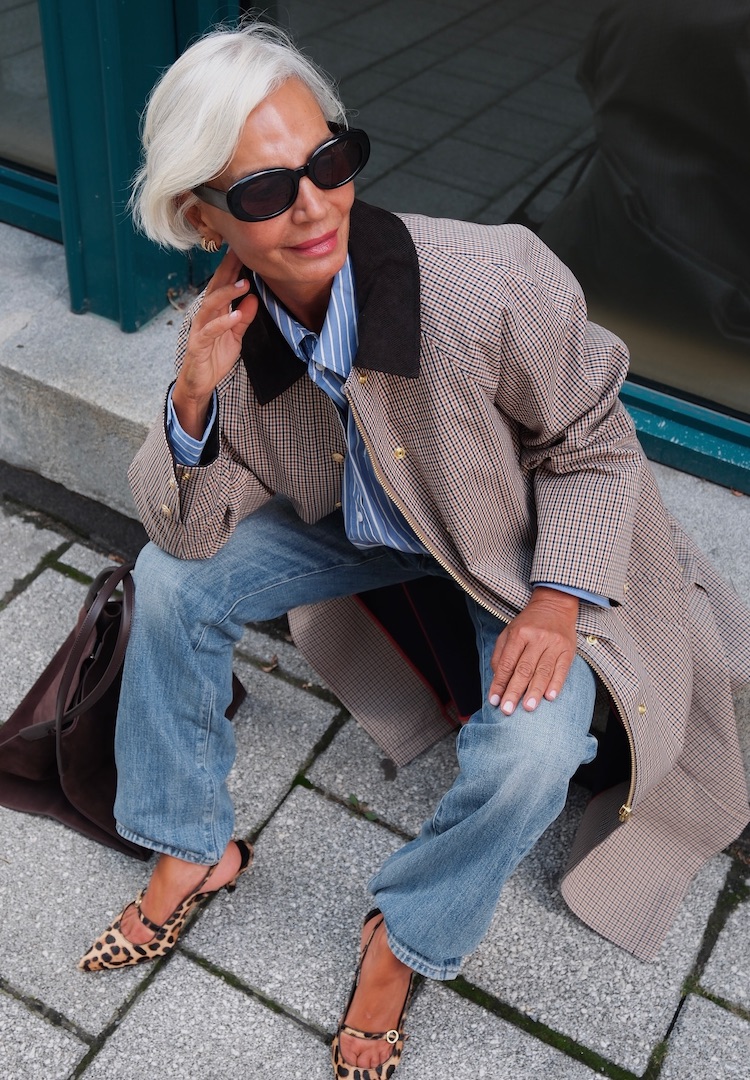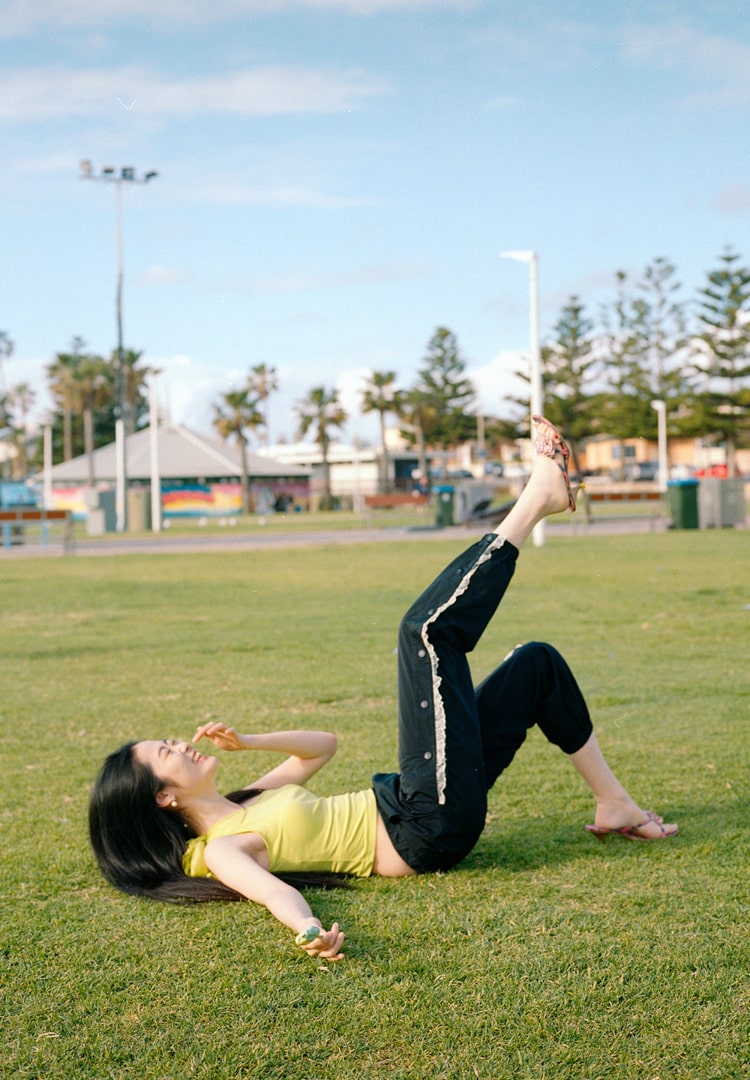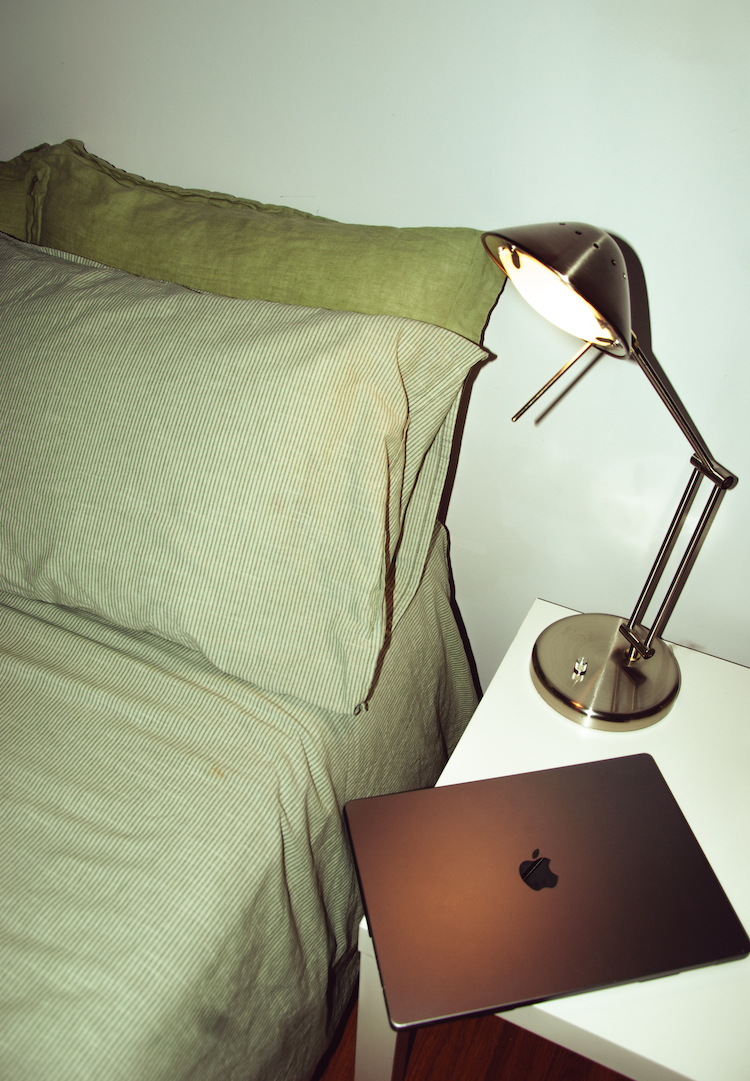The science behind why you own six different, but very similar, white shirts
Should I have bought all these satin slip dresses?
If you’re anything like me, the bulk of your wardrobe is made up of slight variations on the same few pieces of clothing. Half a dozen turtlenecks, three pairs of high-waisted pants, two near-identical denim jackets.
This predictability can be frustrating. We might look at our wardrobes and think, “Am I boring? Am I being wasteful? Should I have bought all these satin slip dresses?”
But the familiarity can also be incredibly comforting. We live in a socially conscious world that celebrates strong personal style and calls it ‘brand consistency’. Our repetitive buying habits are a symbol of what makes us feel like us.
But why do we shop like this in the first place? And how do we find the balance between a strong personal brand and a depressing style rut?
Founder of Australian Style Institute, Lauren Di Bartolo, knows a little about the matter. Almost 10 years ago Lauren built ASI around a holistic approach to styling, prioritising human behaviour and why we wear the things we wear.
It turns out, it’s all just science.
Lauren explains that our brains tend to draw our attention to familiar items, whether it’s a conscious choice or not. This is due to a part of our brain called the Reticular Activating System — responsible for filtering the masses of information the brain receives to something more manageable.
Take, for example, the feeling of your big toe in your shoe. It’s a feeling that’s always present but, most of the time, is filtered from your consciousness.
This filtering process also involves seeking out the things we’re already familiar with and can comfortably process, bringing these front of mind.
If you’ve ever been driving and excitedly recognised someone driving the same model of car as you or your mum or your best friend, even though there’s no real purpose to that recognition, that’s your RAS. So, that collared shirt you just bought in a third colour is the fashion equivalent of your mum’s Toyota Camry.
“It explains why we can get in a style rut,” says Lauren. “Because unconsciously, what’s happening when we’re shopping is that we’re probably looking for something that is already in our vision, as opposed to something that is totally new to us.”
In the same way that our brains recognise our own personal style, they can be just as tuned in to the tastes of our friends and loved ones.
Lauren tells a story of buying clothes for her mum, and delivering them with confidence that she’d love and wear them. But, instead of saying thank you, her mum laughed and accused her of taking the items out of her room and re-gifting them as a prank.
Lauren’s mum had gone shopping the same day, and bought near identical pieces to Lauren’s picks, albeit from different brands.
“It’s because her style has a predictability about it, just as all of ours do,” Lauren says of the example.
Again, predictability is a double edged sword. It creates a warm, safe little wardrobe comfort zone, where we know everything looks good on our bodies and nobody will call us out for taking an unsuccessful style risk.
“The role of a stylist is to help us try things that we never would have tried before, in a really safe space with a professional eye,” Lauren explains. “Otherwise, our style doesn’t generally evolve that quickly.”
She admits this is a delicate process, and one that she prides herself on teaching to her students. The key is to build a fast and genuine rapport with styling clients, which then leads to trust that a stylist is not going to make the client look bad.
“The client needs to know that not only do you know what you’re talking about, but you genuinely care about them as a person.”
How ASI encourages this is through the art of asking questions. By asking the right questions, a stylist can quickly figure out the boundaries of a client’s comfort zone, as well as the best way to nudge them gently out of it.
Whether it’s a baby step or a giant leap away from subconscious familiarity, Lauren insists these stylists are able to genuinely change lives.
Fashion is often written off as superficial or trivial, but Lauren explains that style is about using fashion to quickly communicate information about yourself. Humans are constantly making unconscious judgements about each other, and the way you dress can tell people a lot about what you value and how comfortable you are in your own skin.
The more comfortable and authentic you feel, the more likely you are to put your best foot forward.
Lauren lists plenty of applications of this philosophy. On a personal level, it can help a client streamline the overwhelming experience of getting dressed in the morning, reconfigure their identity after surgery or a change in body shape, or make an authentic first impression on a date or job interview.
But she and her students are also involved in editorial styling and styling corporate teams, which rely just as heavily on an efficiently communicated brief or message.
Stylists also play a huge part in the sustainability conversation, thanks to their potential impact on clients’ buying habits. They’re able to encourage conscious consumption, whether that’s buying from particular brands or just buying less in general.
All these points of impact are embedded in ASI’s curriculum and courses (which happen to be open for applications right now). On the experience students can expect, Lauren promises “no death by PowerPoint in any of [ASI’s] classes”.
Instead, she emphasises a beautiful campus – located in a repurposed denim factory – classes designed to keep students one step ahead of the game and, perhaps most importantly, a network of experienced, forward-thinking industry professionals to guide new stylists through their careers.
“In creating ASI, I designed a course that I didn’t have access to, with the level of mentoring and support that didn’t exist for me,” Lauren says, summing up her life’s work. “That’s one of the keys to our students’ success.”

